|
Gideon v. Wainwright is a 1963 Supreme Court case that established the right of all criminal defendants to an attorney, even if they cannot afford one. It is considered to be a landmark case in establishing the rights of the accused. It is one of the fifteen required Supreme Court cases on the AP United States Government and Politics exam. For more AP US Government and Politics exam resources visit: Facts of the Case
The DecisionIn a unanimous decision, the Supreme Court ruled that Gideon had a right to an attorney under the Sixth Amendment, guaranteeing all criminal defendants the right to an attorney. This decision is an example of selective incorporation, in which the Supreme Court incorporates parts of the Bill of Rights, which initially only applied to the federal government, to also apply to the states. While in prison, Gideon did some research in the prison library and became convinced that he had been denied his Sixth Amendment right to an attorney. He petitioned the Supreme Court for a writ of certiorari and the Court agreed to hear his appeal. Gideon's case was re-tried in a Florida court, where he was found Not Guilty with the help of a court-appointed attorney. For a deeper look into Gideon v. Wainwright, take a look at the YouTube video and study guide that I created with my friends at Marco Learning!
0 Comments
In my latest YouTube video, I explain Fiscal Policy and Monetary Policy to AP Government students.
Monetary Policy, which is set by the Federal Reserve Board of Governors, deals with interest rates and the money supply. The Federal Reserve sets the rate at which banks may borrow from the Fed in the short term, which impacts all other interest rates. High interest rates discourage borrowing and low interest rates encourage borrowing. The Fed also regulates the money supply, determining how much currency is in circulation in order to control inflation. Since the members of the Federal Reserve Board of Governors are appointed by the president and confirmed by the Senate for 14 year terms, monetary policy is not as directly responsive to public opinion as fiscal policy. The Fed is set up as an independent regulatory agency, so it does not answer directly to politicians (though it is not entirely immune to political pressure). Fiscal policy and monetary policy both affect economic growth. For example, Congress may cut taxes in order to stimulate the economy, while the Fed may lower interest rates in order to encourage investment. If you're looking for help preparing for you AP Government exam, check out the online course that I created with my friends at Marco Learning. Click here for more information.
I'm excited to announce that I have created an online AP Government and Politics course with my friends at Marco Learning! For more information, visit marcolearning.com.
The Fall of RomeAfter the Fall of the Roman Empire left Western Europe in chaos, the Franks rose to prominence to fill the power vacuum in the Early Middle Ages and had a lasting effect on the development of Western Europe.
Over the following three centuries, the Franks would come out on top, building an empire that stretched from present-day Spain to present-day Germany. Clovis and the Frankish Kingdom
Over the following two centuries, the Frankish Kingdom grew powerful – powerful enough to halt the expansion of the Islamic Caliphate which had conquered the entirety of North Africa and Spain. In 732, Charles Martel commanded the victorious Frankish army in the decisive Battle of Tours, which halted the Caliphate’s expansion and cemented the Frankish Kingdom’s place as Western Europe’s preeminent power. In recognition of his victory, Charles was given the honorific nickname, “the Hammer.” The Carolingian DynastyCharles Martel’s son, Pepin the Short, overthrew the Frankish king, usurping the throne with the Pope’s blessing, establishing the Carolingian Dynasty (The House of Charles). The close ties between the Franks and the Papacy would continue into the reign of Pepin’s son, Charles the Great, popularly remembered by his French name, Charlemagne. Charlemagne expanded the Frankish Kingdom through military conquests, including a campaign into Italy to assist the Pope against his enemies. In appreciation for Charlemagne’s support, the Pope crowned him “Emperor of the Romans” in 800. A thousand years later, Napoleon, the Emperor of France, would honor Charlemagne in the iconic series of paintings by Jacques-Louis David of Napoleon Crossing the Alps. Etched into the stones in the bottom left corner of the painting are Napoleon’s name, along with the names of Hannibal, who had crossed the Alps to attack Rome, and Charlemagne (written in Latin as KAROLVS MAGNVS), who had crossed the Alps to help the Pope and expand the Frankish Empire into Italy – just as Napoleon was, at the time, expanding the French Empire into Italy.
The Western Europe of the High Middle Ages would not be governed as a centralized state, but as a patchwork quilt of feudal kingdoms where local lords held more authority than the kings to whom they swore allegiance. But the Franks were not without impact. They laid the foundation for the Kingdom of France, secured the Pope’s position as the leader of Christians in Western Europe, and led indirectly to the medieval institution of a Holy Roman Empire ruled by Germans.
What is Chivalry? And is it Dead?
The Warrior Code of the Middle AgesAs the Roman Empire was being torn apart by barbarians in the fifth century A.D., the barbarian culture began to merge with the culture of the Romans as these tribes began to adopt Christianity. As the unbridled barbarian ferocity began to be tempered with Christian teachings, the idea of knighthood began to develop. The term, chivalry, comes from the medieval French word, cheval, meaning “horse.” In the High Middle Ages, this Code of Chivalry was a guideline for knightly behavior both on and off of the battlefield. The Values of ChivalryLeon Gautier, a nineteenth century literary historian and scholar of chivalry, laid out ten “commandments” of chivalry to illustrate the values of a chivalrous knight:
Sir Bors' Dilemma
Chivalry TodayToday, chivalry lives on not only in gentlemen who hold doors for women and pay for dinner, but also in popular entertainment. Batman is often referred to as the “Dark Knight.” While Batman does not have a reputation for being a nice guy, he commits himself to protecting the weak and when Batman does harm, it is to those who have done harm to those who are weak and defenseless.
An Invented Term
The New Feudal RealityThe Roman Empire included a network of cities that were connected by well-maintained roads. As the power of Rome declined, people began to leave the decaying cities, which were increasingly filled with disorder and crime, and settled in rural areas. The network of well-maintained roads that made the Romans famous ceased to be maintained and trade collapsed. As a result, rural communities formed that had to be increasingly self-sufficient. A central authority, in the person of a king, united these communities under one leader, but that leader did not have a lot of power. Most people in medieval Europe never saw a king and lived their life in their own self-sufficient community, known as a manor, relying on the local lord to protect them, administer justice, and settle disputes between residents. Many medieval peasants lived on the manor as serfs who were legally tied to the land and not allowed to leave even if they wanted to do so. Weak Central AuthorityAnyone who has played chess knows that the king is one of the weakest pieces on the board and is dependent on the support of other pieces on the board. These other pieces on the board symbolize the Church, the nobility, the knights, and the peasants. Medieval kings held some of their own lands, but the lands that they reigned over resembled more of a patchwork quilt than it did a modern nation the way we think of it today. Kings would enter lord-vassal contracts with nobles, who would swear an oath of loyalty, or vassalage, to the king and receive a land grant, known as a fief, in return. The loyalty sworn by the vassal was most commonly delivered in the form of military service. When medieval kings went to war, they required each of their vassals to send a certain number of knights, as kings did not have the means to maintain large personal armies.
The Decline of FeudalismIn the Late Middle Ages, feudalism began to decline as kings began to grow more powerful (partly as a result of the Crusades), global trade increased, and more people started to move to towns, which were outside of the control of feudal lords. With the wealth that came into royal treasuries during the Age of Exploration, kings began financing their own armies and allowed nobles to pay money instead of raising their own men.
While feudalism began to decline significantly between 1400-1700, some elements of feudalism remained in Europe into the modern era. In 1789, the French National Assembly formally abolished the legal privileges of the nobility in the early stages of the French Revolution. Serfdom continued in Russia until a reforming tsar abolished it in the 1860s. I'm excited to be releasing another study guide for AP European History that I've produced with some help from my friends at Marco Learning!
For more study guides and helpful materials for AP European History teachers and students, visit marcolearning.com.
I'm excited this year to be working with Marco Learning to produce an online course for AP European History and am equally excited to unveil some study materials that we have created recently.
Stay tuned for more free AP Euro support materials. Be sure to visit marcolearning.com to see more about the courses that we are creating.
I have responded to each of the Short Answer Question (SAQ) prompts on the 2019 AP European History exam. Click here to view my responses. Although, at first glance, I wanted to jump at the English Reformation question and I typically consider myself stronger with the first half of the course than the second half of the course, I found the Industrial Revolution questions to be more accessible and easier to answer, so if I had taken this year's exam, I would have chosen SAQ 4 over SAQ 3. Since both of the SAQs were based on British history, I wonder if we will see a common thread between the SAQs on future exams or if this was just a coincidence. We will discuss SAQs further in my upcoming debriefing webinar for the 2019 AP European History exam. Click here to register for the webinar. The 2019 AP European History Free Response questions are available here.
The 2019 AP European History DBQ topic asks students to evaluate the extent to which the Catholic Church opposed scientific advancements in the seventeenth century. Well, technically, it asked students to evaluate whether or not the Catholic Church opposed scientific advancements in the seventeenth century. Personally, I feel like if the test makers want students to write a nuanced essay (in accordance with the expectations outlined on the DBQ rubric), the prompt should ask for a nuanced essay rather than just phrase it as a simple yes or no question. Is this just a big deal to me? Feel free to weigh in on your preference for the AP Euro DBQ prompt format: Although I wasn't crazy about the phrasing of the prompt, I liked the accessible topic and how the documents provided room for several different nuanced arguments. I sat down and wrote two sample DBQs in response to this prompt. One of the samples was my own response, which is intended to be a full-credit essay, and the other is an essay designed to score 4 out of 7 possible points. You may download the sample essays here: On Wednesday, May 22, I will be leading a debriefing session on the 2019 AP Euro Free Response section, in which we will discuss approaches to responding to the SAQ, DBQ, and LEQ prompts. As a result of those discussions, more samples like this will be created and shared with all participants. Click here for more information about the debriefing session.
|
Tom RicheyI teach history and government Archives
May 2023
Categories
All
|

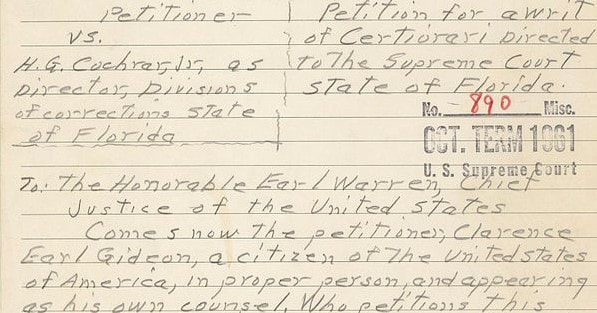
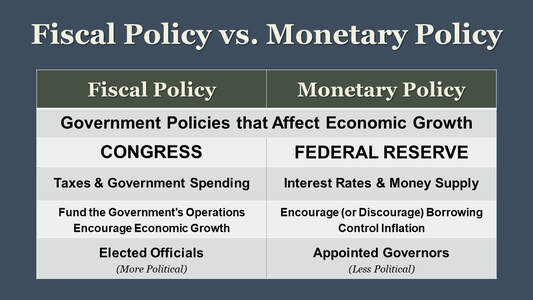

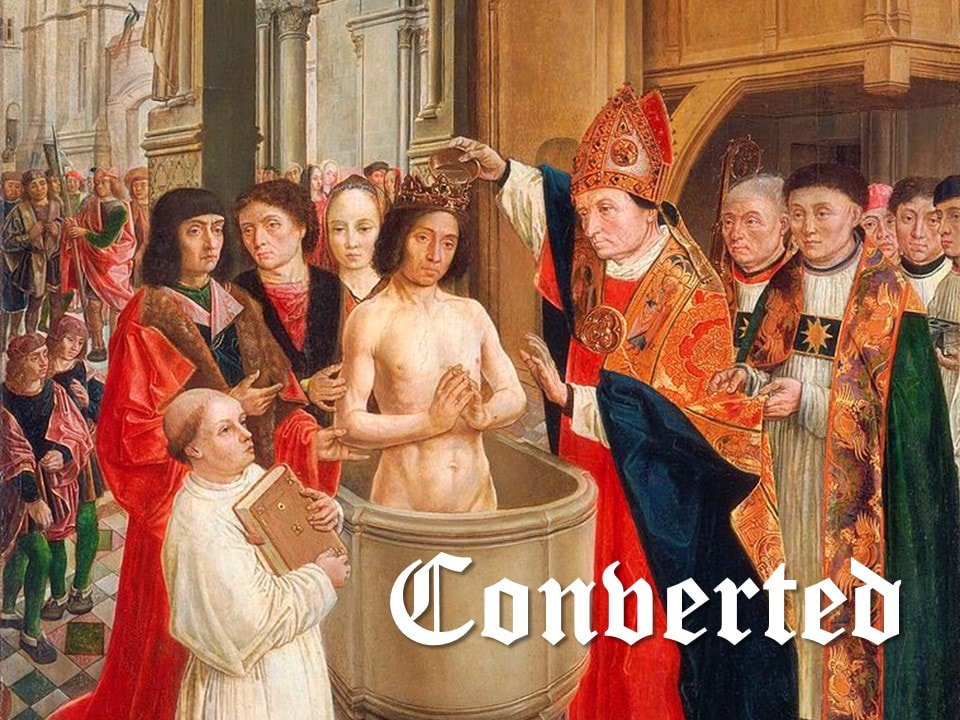
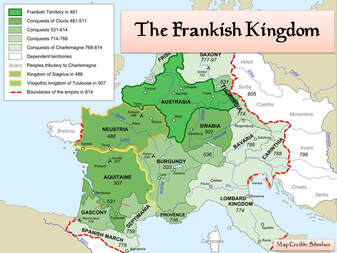
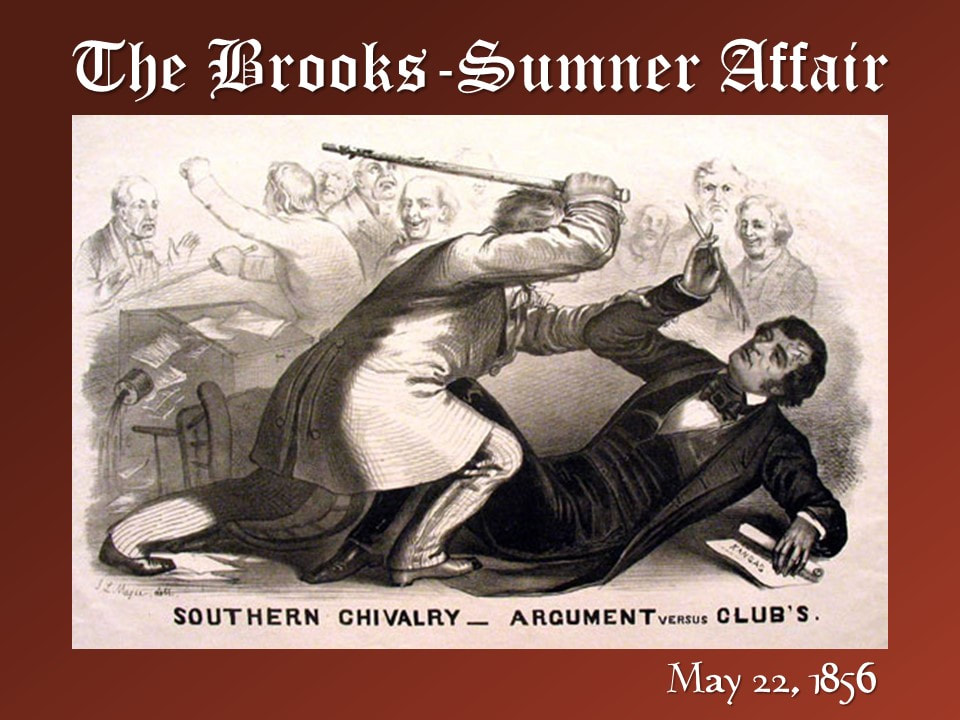

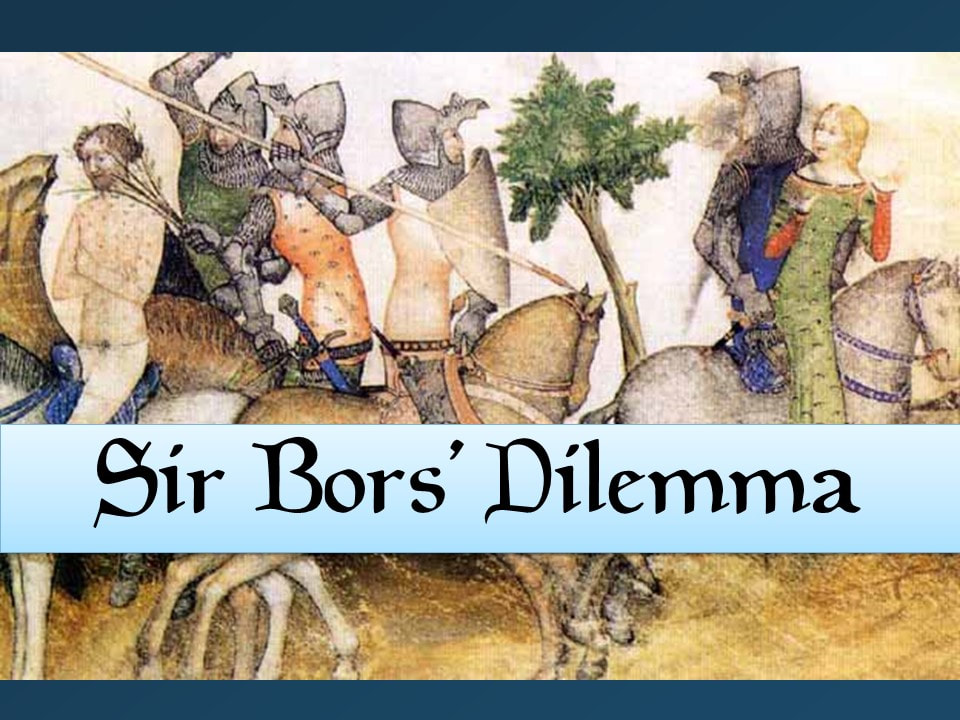

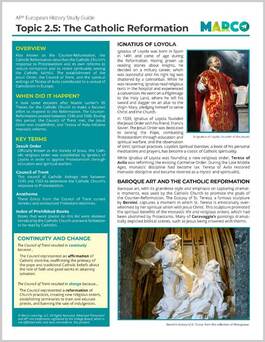
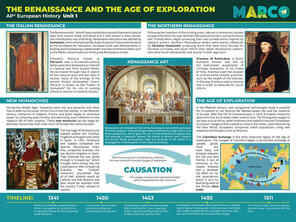
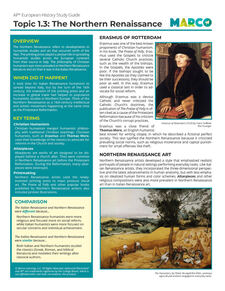

 RSS Feed
RSS Feed